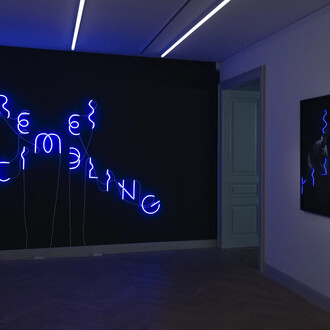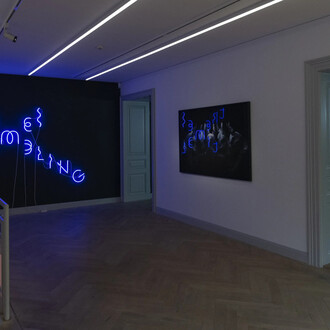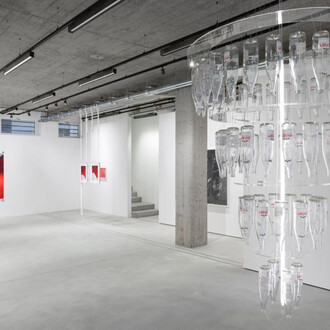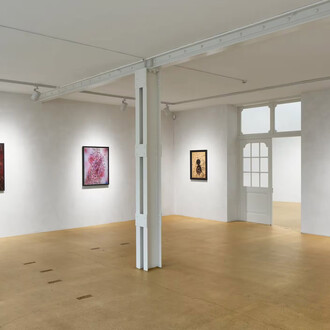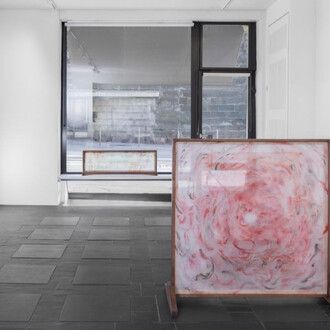With an extensive exhibition, the National Museum Zurich is presenting the history of Einsiedeln Abbey and its pilgrimage, which spans more than 1000 years. The abbey is the biggest lender to the show, supplying over 300 objects from the 9th to the 20th century. Many of the exhibits are leaving the abbey walls for the first time.
Einsiedeln Abbey is one of the most significant international pilgrimage destinations. From Saint Meinrad’s modest hermitage around 860 to today’s Baroque monastery church, the abbey has experienced numerous heydays, but also crises. During its history spanning more than 1000 years, millions of believers have visited this pilgrimage site. Popes, emperors, kings and ordinary citizens have lavished privileges, gifts and donations on the abbey. This exhibition produced in close collaboration with Einsiedeln Abbey in the extension of the National Museum tells of the abbey’s religious and political history, its Marian devotion and its enduring importance as a pilgrimage site.
The early beginnings of Einsiedeln as an abbey and pilgrimage destination lie in the 9th century and go back to Saint Meinrad. Legend has it that he was murdered by two robbers in 861. On the site of his ministry, a Benedictine monastery was erected in 934. Even in its early days it was able to count on a significant network. Thanks to funding from Emperor Otto I, it developed into a supra-regional religious centre. The chapel – erected in honour of Saint Meinrad on the site of his former cell – became a place of pilgrimage from the High Middle Ages onwards. This was mainly thanks to the legend of the Angels’ Blessing proclaimed from the 12th century onwards. According to this legend, Christ personally blessed the chapel. The legend was born based on a document attributed to Pope Leo VIII, though this had been forged. From the 13th century onwards, the statue of the Mother of God in the chapel became the object of reverence.
The main draw for pilgrims is the ‘Image of Grace’: a statue of Mary wearing a cloak and holding baby Jesus – the Black Madonna. Not only did devout citizens ask the Einsiedeln Madonna for protection, help and healing; the nobility from surrounding countries also felt a connection with the place. The gifts, donations and votive offerings are accordingly numerous. From relatively simple votive tablets to ostentatious gold chalices, the offerings have been kept to this day in memory of former pilgrims. The treasures include a crown belonging to Archduke Maximilian III and a flowery embroidered carpet owned by Emperor Leopold I, both from the 17th century. There are also numerous garments for Mary among the regular donations. The exhibition presents a unique overview of 17 gowns, from the oldest preserved gown – the Angels’ Blessing gown of 1685 – to contemporary donations from Korea and India.
The abbey has survived numerous fires and, thanks to the aura of this place of pilgrimage, several crises as well. The consequences of the French Revolution and the Helvetic Republic led to the most severe disruptions in the abbey’s history. In 1798, French troops plundered the sacred place. Valuables were stolen, pictures and furnishings destroyed, books pulped and horses given away. The Chapel of Grace was also dismantled stone by stone to prevent pilgrimages. The monks managed to move its holiest object, the Image of Grace, to a safe place in time. In 1803, after the French withdrew, the Image of Grace returned to Einsiedeln – bringing the pilgrims back. When a new wave of piety spread across Europe in the 19th century, this also sparked a new heyday for Einsiedeln. The expansion of the rail network heralded the dawn of mass pilgrimages: some 30,000 pilgrims a year made their way to Einsiedeln around 1830. These days, half a million people visit the village and abbey every year.
The scenography of the exhibition, enriched with film documentaries, music and audio terminals, comes from Holzer Kobler Architekturen in Zurich.









